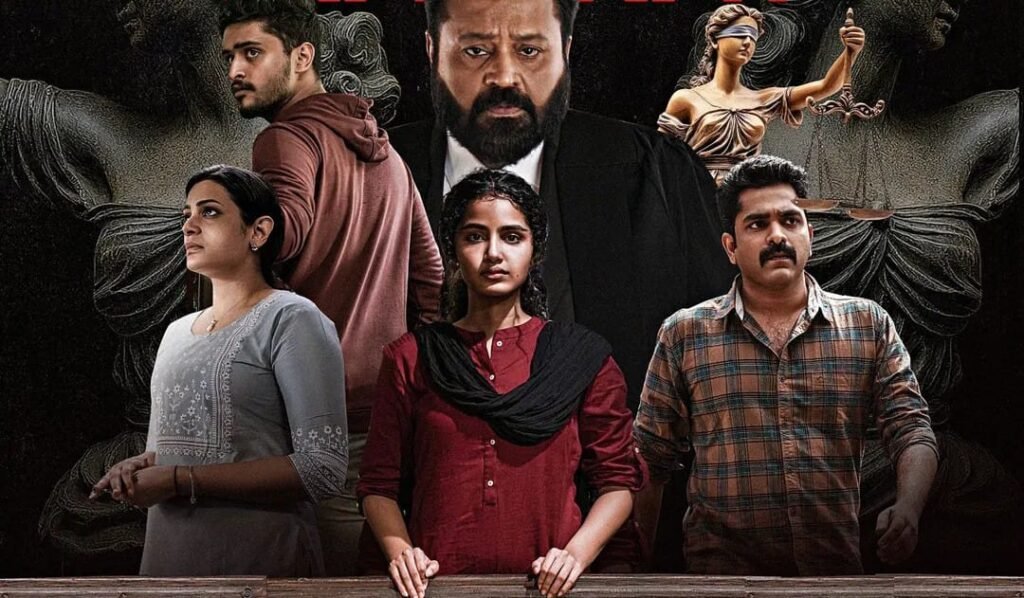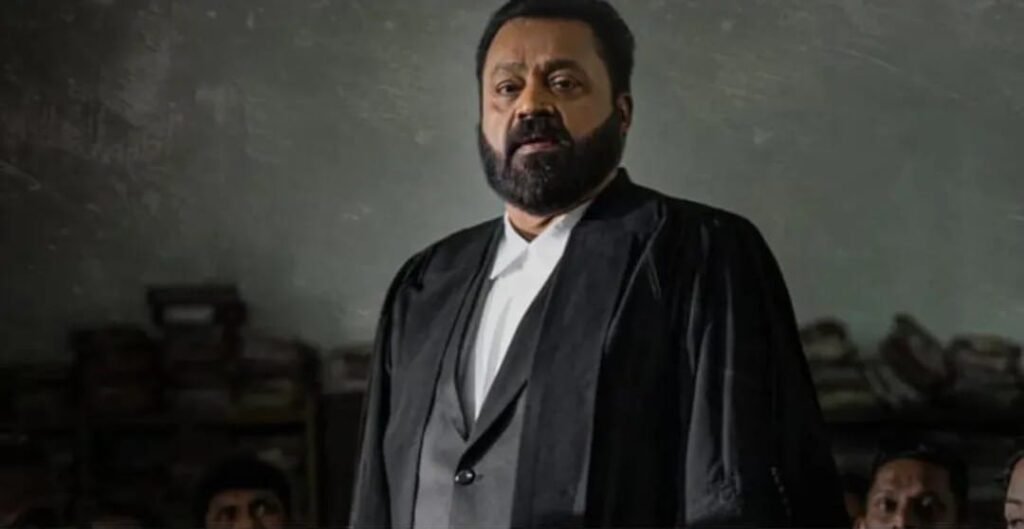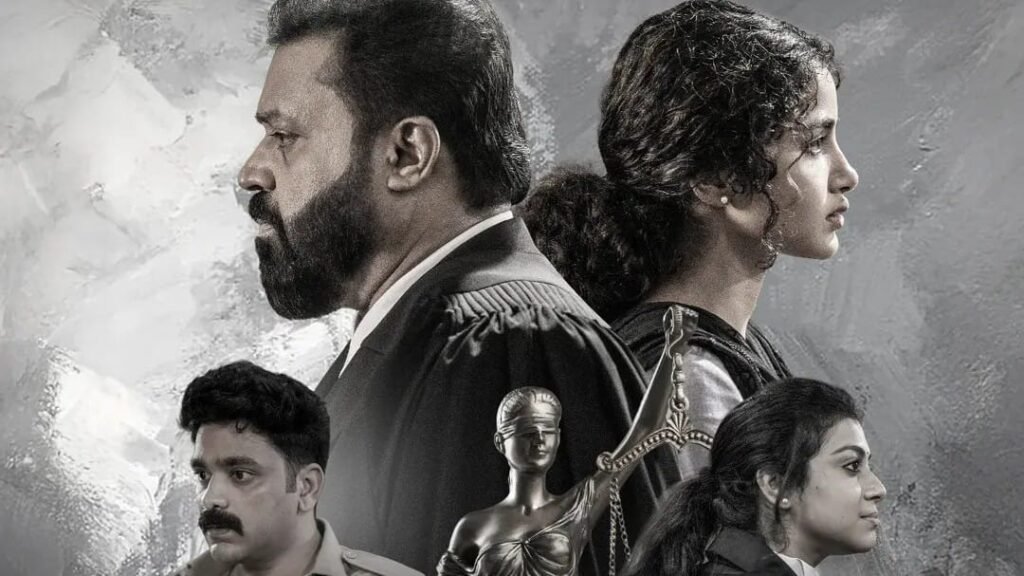Freedom of expression vs. communal concerns—’ Janaki v. State of Kerala’ stirs strong opinions. Read how the public reacted.
After the recent controversy involving the film Janaki v. State of Kerala gained considerable traction in India, it has sparked a plethora of discussions not only because of its cinematic story but also due to the cultural, legal, and political debates it instigated. With the Central Board of Film Certification (CBFC) and the filmmakers in an ongoing bald-faced stare down, this film hit a nerve in a pre-existing battle of artistic freedom vs censorship.
What caused the controversy?

A Name That Shook the System
The film recounts the story of Janaki, who experiences sexual assault and is a force for truth and justice in a bureaucratic and patriarchal system. However, it was not the story per se that the CBFC had a problem with; it was indeed her name.
The central board found issue with the use of the name ‘Janaki’ as it is, in their view, commonly associated with the Hindu goddess Sita (also Janaki), and the board was concerned that using such an esteemed name for a character in sensitive subject matter might also offend the religious sentiments of their members, particularly within the context of trauma and injustice.
Religious Dichotomy & Communal Sensitivity
A further matter of objection was related to how the film showed the interactions of the community. In the film, Janaki is aided by a person from one religious community, and is questioned by a lawyer from another religious community, and the CBFC (Central Board of Film Certification) stated that this would have a chance of “sparking communal tensions.”
This objection was viewed by many as an excessive interference, particularly in a country with rich social realism in cinematography.
The Filmmakers’ Counter-Arguments
The producers of Janaki V State of Kerala directly hit back, stating in defence of creative liberty: “Janaki is a fighter.” They stated—not one of disrespect, but of resilient, strong, dignified human beings.”
They cited precedent, saying other films with similar names (i.e., Janaki Jaane) were cleared without incidents.
They brought up concerns over the regional inconsistencies, since the then Kerala-specific office of the CBFC cleared the film, whilst the Mumbai office stated there were objections, thereby causing confusion over the standards.
In short, the filmmakers used the label of inconsistent and overreach to render the opinion that the Board’s actions amounted to censorship, and not certification.
Legal issues and decisions
The case was taken to Court, where filmmakers appealed the CBFC’s refusal to clear the film. The Court had to consider competing constitutional freedoms against the statutory authority given to the CBFC to regulate content.
Some key legal points
Freedom of artistic expression is not absolute, but any restriction must be reasonable and justified.
The Court asked if mere association with the name of a mythological character – Janaki- merited censorship, in the absence of any evil intent.
Why it matters: bigger picture

1. The Eternal Struggle: Art & Censorship
This situation is just another in the long line of high-profile conflicts between filmmakers and their censors. Identification problems for films like Udta Punjab, Padmaavat, Lipstick Under My Burkha, these films, etc.
When institutions start to control creative expression based on someone’s perception of offense, it has damaging implications and can terrorize fearless storytelling, or put makers off making films on important subjects.
2. Religious Sensitivity vs. Secular Cinema
India is both an extremely religious country and a uniquely secular state. This sometimes creates a landscape that is a complex space for creators to navigate. The Janaki controversy shows how quickly symbols and names of religion can blow up into controversies.
3. Inconsistent Regional Interpretation:
What was particularly vexing about this incident was the divergent interpretations by the CBFC regional boards. When a film passes in Kerala but cannot be released in Mumbai, this changes not just the filmmakers’ understanding of their film’s value, but complicates the pan-India release.
It would be great if the CBFC set a standard certification process and provided clear and appropriate rationales behind their objections [to films], especially when they come into conflict with freedom of speech.
Public & Industry Pushback
Veterans from the film industry supported the film by claiming the dissent was “prehistoric” and “backward.”
Legal experts cautioned that if religious sensitivity becomes a blanket exemption for censorship, it potentially permits all thought to be suppressed.
Viewers on social media created hashtags like ‘StandWithJanaki,’ vehemently defending filmmakers’ prerogative to tell stories free from intimidation.
Case Study: When ‘Padmaavat’ faced the heat
In 2018, Padmaavat faced violent protests and was forced to alter both its name and content. The resonance of that entire episode is without question present in Janaki V, State of Kerala. However, in contrast to Padmaavat, Janaki launched a counter-offensive and opted to challenge the censorship through law, providing a greater precursor for a counter-offensive.
A Landmark in Indian Cinema
Janaki V, State of Kerala, is more than a film controversy; it is a watershed moment in terms of realizing the fact that it has catalyzed important conversations on creative liberty, religious pluralism, and the role of governing institutions in contextualizing narratives.
FAQs
What was the reason for the CBFC not approving the film Janaki V, State of Kerala?
The CBFC did not approve, as they raised a point about ‘Janaki’, the protagonist’s name being a Hindu god, Sita, and that there was the possibility of religious characters leading to communal disharmony.
Were they able to be released, or were they banned?
They were not banned. They were cleared after legal intervention with slight modifications,
What does this case tell us about censorship in India?
It highlights the discrepancies in CBFC policy, the paradox of artistic freedom and religious sensibilities, and the need for urgent reforms to process and content regulation.
Has the name Janaki been used in films before?
Yes, many films have used Janaki’s name, one of the most popular being Janaki Jaane- with no issues. This discrepancy assisted the filmmakers case.
Will this case affect future CBFC determinations?
It is very likely. This case will most likely create more accountability and make CBFC standards and policies more consistent through regional branches and provide filmmakers avenues to challenge arbitrary censorship.
